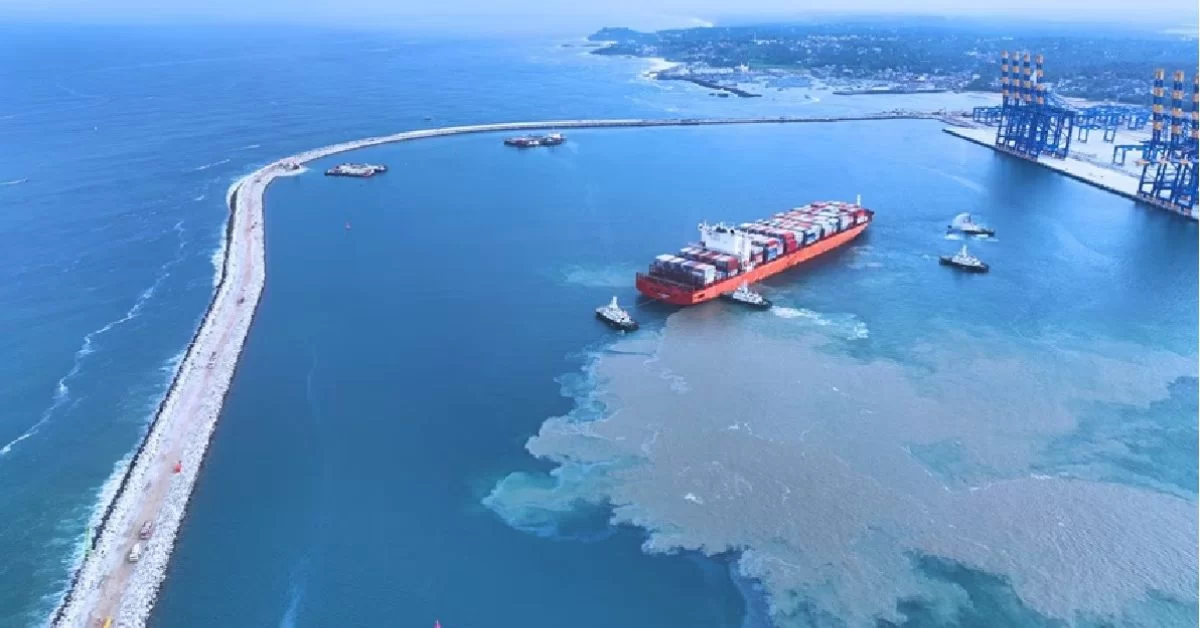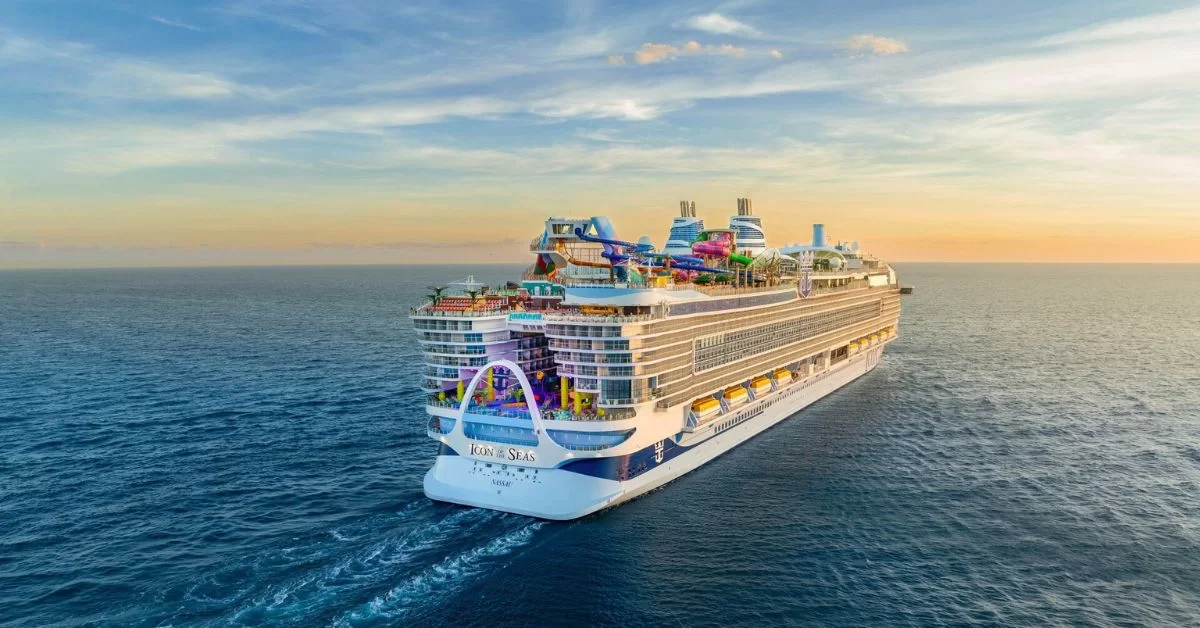Introduction
The International Maritime Organization (IMO) has taken a significant step toward regulating the use of ammonia as a marine fuel by issuing interim safety guidelines (MSC.1/Circ.1687). These guidelines aim to address the safety concerns associated with ammonia-fuelled ships while promoting the transition to sustainable shipping practices.
Background
The guidelines were finalized by the Sub-Committee on Carriage of Cargoes and Containers (CCC) and later approved at the 109th session of the Maritime Safety Committee (MSC 109). They offer goal-based safety provisions that allow for future updates as operational experience and technological advancements evolve.
Key Provisions of the Guidelines
The interim guidelines provide a comprehensive framework covering various aspects of ammonia-fuelled ship operations. The key areas include:
1. Ship Design and Equipment: The guidelines ensure that ship structures and onboard systems can safely accommodate ammonia as fuel, considering its unique chemical properties.
2. Operational Safety Measures: Provisions are outlined for safe handling, storage, and usage of ammonia to minimize risks.
3. Bunkering Operations: Procedures for safe bunkering practices are included to prevent leaks and exposure.
4. Toxicity Mitigation: Given ammonia’s toxicity, the guidelines emphasize crew protection and emergency response mechanisms.
5. Alignment with Existing Regulations: The guidelines align with the International Code of Safety for Ships Using Gases or Other Low-flashpoint Fuels (IGF Code) and the Safety of Life at Sea (SOLAS) Convention principles, ensuring a harmonized approach.
Industry Support and Future Developments
BIMCO, a major shipping association, has actively contributed to developing these guidelines and continues to support the safe adoption of alternative fuels. While the guidelines are non-mandatory, they serve as a crucial reference point for ongoing ammonia-fuelled projects.
According to BIMCO, these interim guidelines encourage early adoption of ammonia as a marine fuel but acknowledge that refinements will be necessary, particularly concerning toxicity controls and emergency response systems. As more operational data becomes available, further regulatory enhancements are expected.
IMO’s Broader Strategy for Sustainable Shipping
In addition to these guidelines, the IMO has announced plans to develop a comprehensive strategy focused on leveraging emerging technologies to improve efficiency, safety, and sustainability within the shipping industry. This initiative reflects the growing commitment to reducing the environmental impact of maritime transport.
Conclusion
The release of the interim guidelines for ammonia-fuelled ships represents a major milestone in maritime safety and sustainability. While ammonia presents challenges such as toxicity and material compatibility, these guidelines provide an essential foundation for its safe adoption. As regulatory frameworks evolve, collaboration among industry stakeholders will be key to ensuring the safe and effective use of alternative fuels in the shipping sector.





 >
>












 Business Care Solutions
Business Care Solutions